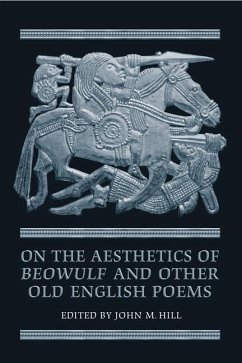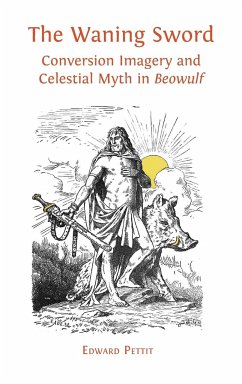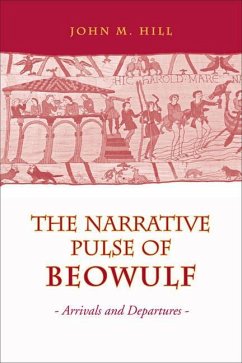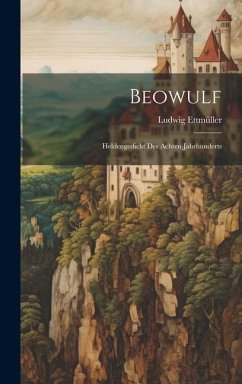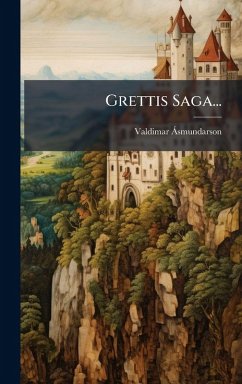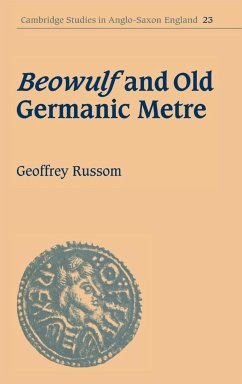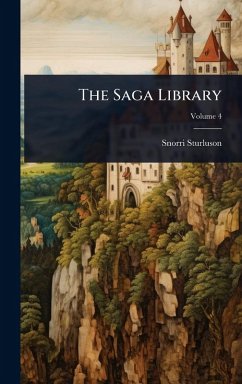
Beowulf and Grettis saga
From England to Iceland, 1016-1219
Versandkostenfrei!
Erscheint vorauss. 13. Januar 2026
113,99 €
inkl. MwSt.

PAYBACK Punkte
57 °P sammeln!
Investigates the relationship between two texts separated by hundreds of years and nearly two thousand miles. In the saga, Grettir fights a giant who wields a hepti-sax; in the poem, Beowulf uses a hæft-m¿ce on Grendel's mother. These two unique words for "hafted blade" appear to be related. Can the same be said for the works that surround them? This book says yes, arguing not that the weapons have a common origin, nor that their likeness is a coincidence, but that Grettis saga has borrowed from Beowulf. The case for a textual loan begins in the context of England's connection with Denmark i...
Investigates the relationship between two texts separated by hundreds of years and nearly two thousand miles. In the saga, Grettir fights a giant who wields a hepti-sax; in the poem, Beowulf uses a hæft-m¿ce on Grendel's mother. These two unique words for "hafted blade" appear to be related. Can the same be said for the works that surround them? This book says yes, arguing not that the weapons have a common origin, nor that their likeness is a coincidence, but that Grettis saga has borrowed from Beowulf. The case for a textual loan begins in the context of England's connection with Denmark in the reign of Cnut the Great (1016-35). This book argues that Cnut took an interest in Scyld and the Scyldings of Beowulf and that his skalds transformed these names into "Skj¿ldr" and the "Skj¿ldungar". The Beowulf manuscript is placed in Lichfield in 1017, with the suggestion that it was commissioned by Eadric Streona as a gift for Earl Thorkell of Skåne. It is proposed that in 1159 a copy of Beowulf was brought from Lincoln to Iceland to serve the interests of a family that claimed descent from Skj¿ldr, that in the 1180s the poem influenced Skj¿ldunga saga, and that in the 1190s Beowulf went north to Þingeyrar abbey, where Oddr the Monk, author of Grettis saga, used it to enhance Grettir's fights with Glámr and the trolls of Bárðardalr. This is a daring book that sheds new light on the circulation of Beowulf, on questions of dating and patronage, and on the authorship of Grettis saga.



